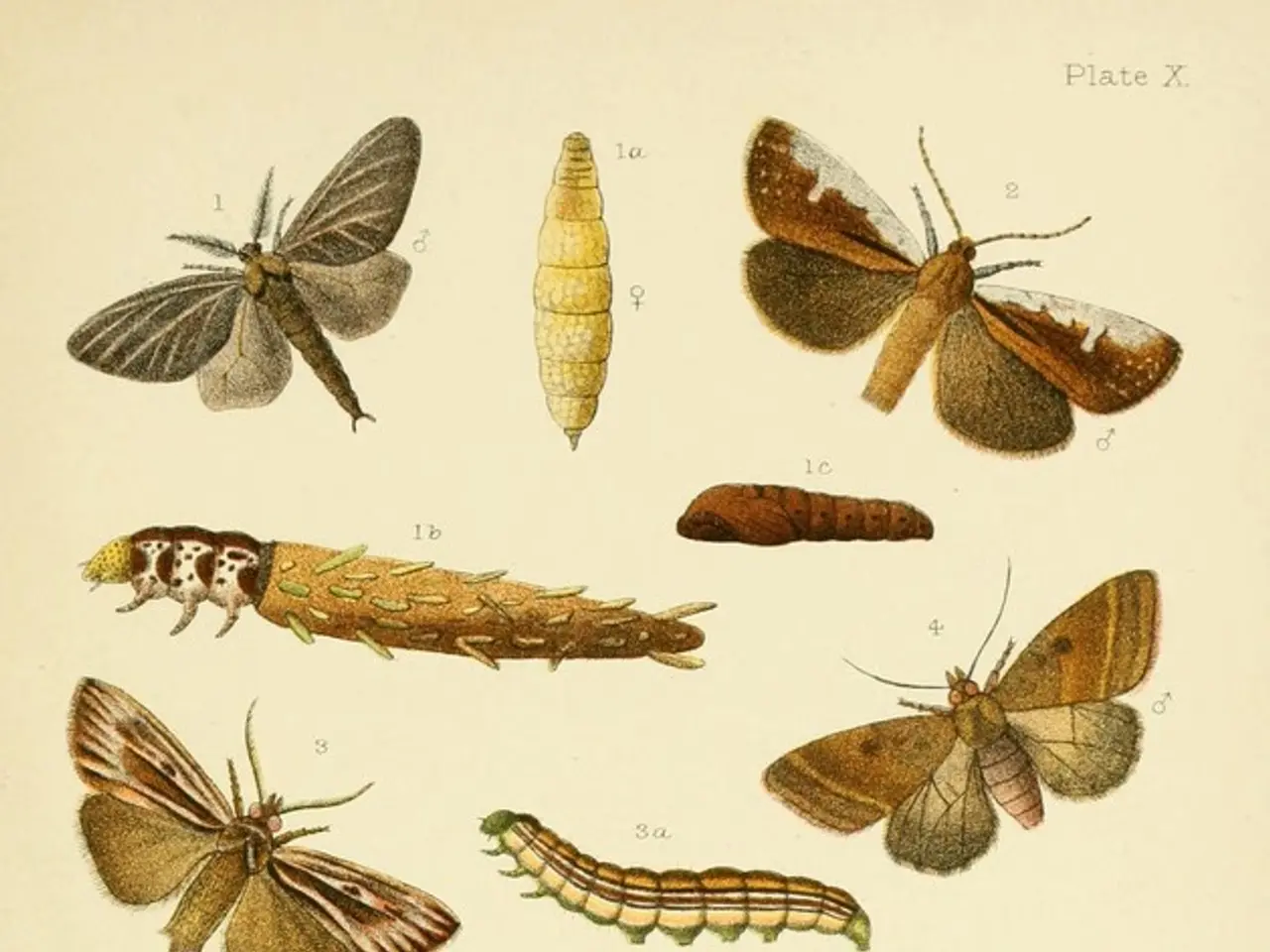Ten-year birth statistics analyzed by France's National Institute of Statistics and Economic Studies (Insee)
According to a recent study by INSEE, France's national statistics institute, the country has seen some notable changes in its birth season over the years.
One of the most interesting findings is the correlation between public holidays and specific dates, such as Christmas (December 25), New Year's Day (January 1), and Labour Day (May 1), and the fewest births in the year. This trend is also observed on weekends, particularly Sundays and Saturdays, due to the influence of scheduled births.
The study also suggests that the increase in heatwaves in recent years may have led to an adaptation in behaviours, resulting in fewer births during such periods. However, a marked deficit in births nine months after heatwaves, which was observed before 2010, is less noticeable now.
Another notable factor is the age of the mothers. Mothers aged 40 or older are more likely to have scheduled cesareans, leading to a decrease in births on Sundays compared to younger mothers (-23% vs. -8%).
The study also finds that the traditional baby season, which once peaked in the spring, has shifted over the years. Since the 1970s, the baby season has moved from spring to summer, and even to the beginning of autumn. This shift is attributed to several factors, including the decline in the significance of summer vacations, high number of marriages, and parents' preference for having a child at that time.
The role of the wedding season in the birth season is now less significant due to the high rate of births outside of marriage (58% in 2024). Another interesting finding is the significant decrease in the peak in births among schoolteacher mothers in April. The peak in excess fertility has fallen from +39% in 1975-1984 to only +6% in 2015-2024.
In summary, the INSEE study provides valuable insights into the changes in France's birth season over the years. The trends suggest a shift towards fewer births on public holidays, weekends, and among older mothers, as well as a move towards a summer and autumn baby season. The study also highlights the decline in the significance of traditional factors such as the wedding season and schoolteacher births.
Read also:
- Transforming Spaces for Fresh Air: The Role of Architecture and Interior Design in Promoting Healthier Environments
- Deer in Canada are being eradicated by a "zombie-like illness", posing a threat to hunters
- Applications for the 2026 HRCIF program will become available shortly
- Cholera's Origins and Transmission Explored






